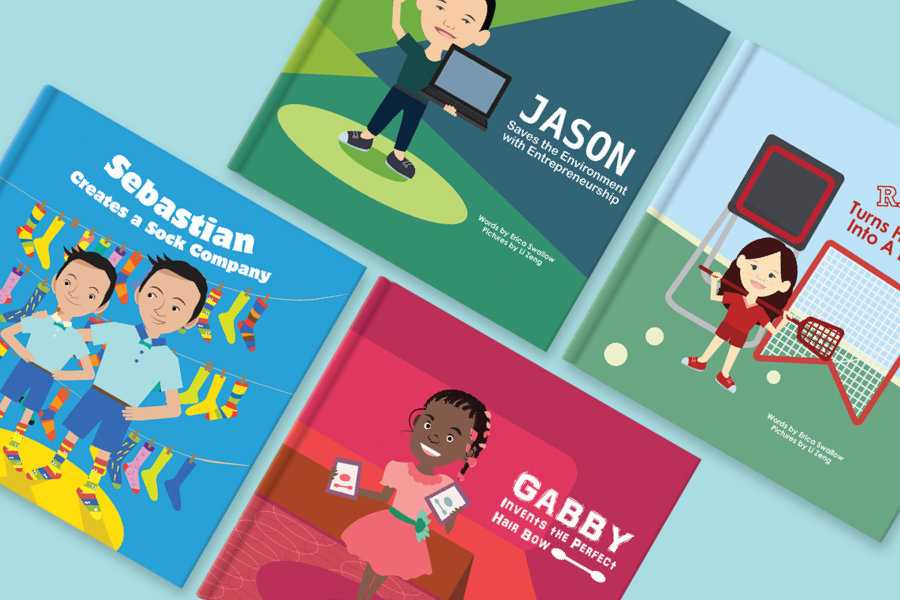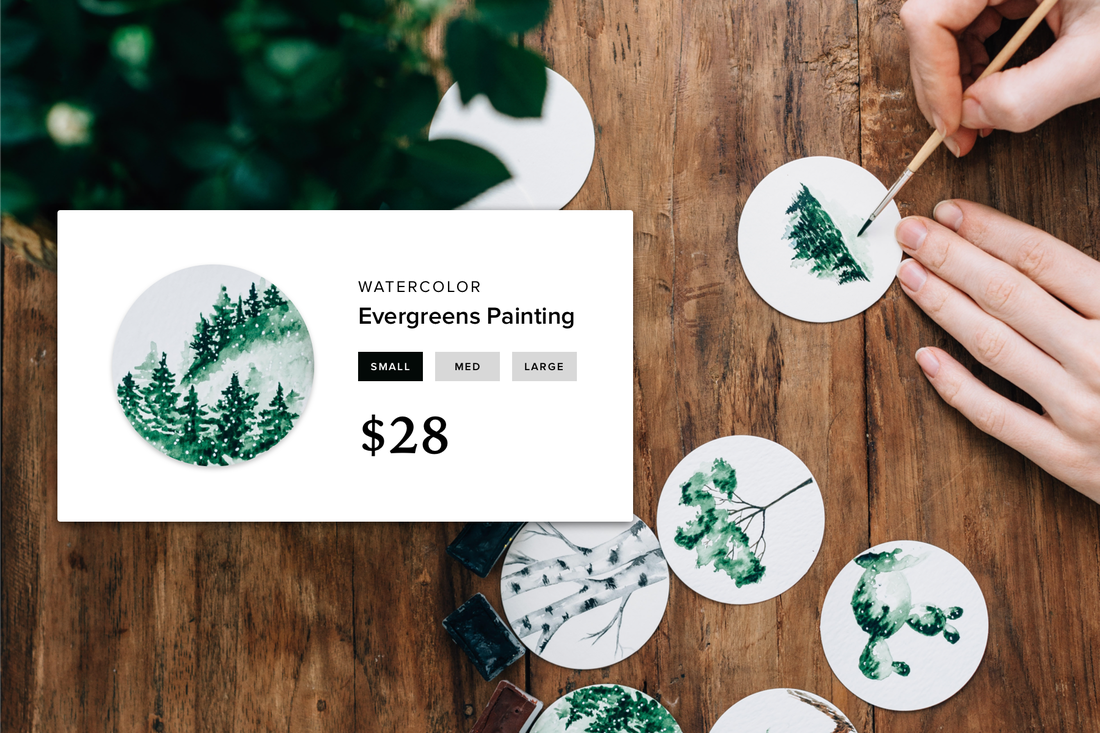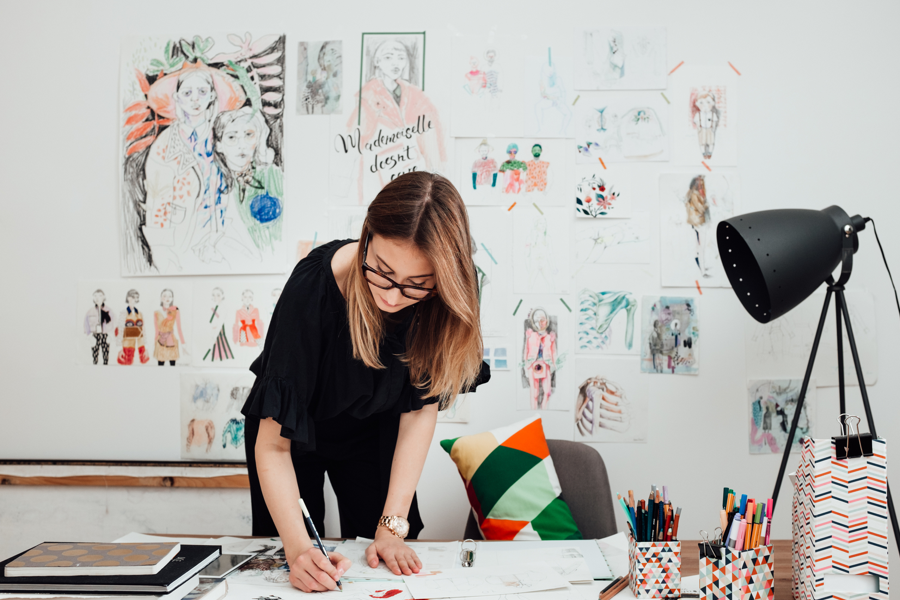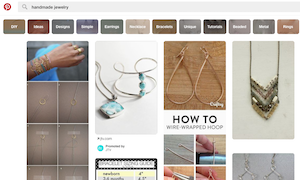Creating your first apparel product can be a daunting task. Especially if you don’t know where to start. Before you can “officially” make your product in a factory, you will need to create a production-ready sample for factories to replicate. You can hire someone to do all the ground work for you but if you are looking to build a fashion business from your product idea, then you will have to start thinking strategically BEFORE you finalized your apparel product designs with a manufacturer or technical consultant.
Here are some action items to take so that you will save money and time in apparel product development with professionals.
Step 1: Establish Brand Vision + Budget
Before you get to the prototype and sample development phase, you will need to establish your brand vision and goals and determine your budget. It is important that you understand your budget and how much you have to spend, because that will be the ultimate guide in determining how many rounds of sampling you need and can afford. Knowing your budget and having a solid vision of your brand will save you time and money later and help guide you through the sample development process.
During this Phase, you should be able to answer question on:
During this Phase, you should be able to answer question on:
- Brand identity - what does your brand stand for? What brands will it sit next to?
- Market - Is there a market for your piece? Who are your target customers who will wear it?
- Marketing - When is your launch date? What is your marketing budget? What communication channels will you use?
- Budget and Timeline - Plan your timeline for when you need your product(s) to be finished and work backwards so the sample maker has deadlines. Think about operation, marketing, and production costs.
Step 2: Define Product Idea and Design
Sketching is the cheapest way to design. Even if you aren’t an artist and lack drawing skills, just give it a try; it is worth it to work out ideas on paper. Sample making is expensive: the more planning and work you can do to determine your design before beginning the sample, the more time and money you will save.
Here’s what you should figure out about your product:
Here’s what you should figure out about your product:
- Sketches - Before you work on making any type of prototype of your product, refine your sketches. Never go in on the first sketch. Refining an idea through sketches is less expensive than refining an idea through several rounds of prototypes.
- Real Examples - Gather images of similar, existing similar apparel products to better understand your competitors and to get an example of your fit.
- Materials Cost - Investigate if your materials will be cost effective and if it’s worth making the piece to begin with. If you can’t afford the materials, don’t waste your time and money on a prototyping process until you have your finances in order. Tweak your design to lower cost or fundraise.
- The Fit - Perfecting the fit of your brand is a major piece of the sales puzzle. If it doesn’t fit, it doesn’t sell! Think about what your typical customer looks like and find a fit model to resemble that.
- Specs - Specs are the measurements of a garment laid out in an easy to read chart. Gather the basic specs such as body length, sweep circumference, across shoulder, sleeve length, etc. This is when knowing your sample size body measurements will come in handy. It is also helpful to understand your fabric and how the stretch, thickness and drape will affect your garment and therefore your measurements.
- Budget - What will be your cost per unit and your price per unit? Will you be able to make a profit from this product?
- Flat sketch - Now that you've determined the fit of your products, it's time to perfect your sketches. Create a flat sketch - also known as a technical drawing or a flat. A good flat sketch has simple lines, with no shading or coloring in, and can be done by hand or with Adobe Illustrator. Patternmakers use these renderings to create the patterns, so have a clear outline of your silhouette as if it were laying flat. You can then add a solid line at any place where there is a seam, and represent all stitching with dashed lines, zigzags or other renderings of specific stitches.
Step 3: Find an Expert to Make Your Sample
Once you feel that you are ready to go forward with your final flat sketch the next step is to make a blueprint of your idea. It’s important to go to a professional that will make sure your design will be well-constructed before going to production. A patternmaker or technical designer will help you with your testing and final iteration of your product so you’re ready to produce at scale.
Patternmaker: Patterns are the backbone to the manufacturing process and have a lot of control over the quality of a product. A well-made pattern is crucial for making a great product. They make sure your design will be well-constructed before going to production. Once you have found and selected the perfect fit model, you can provide your pattern maker with their measurements.
Technical Designer: Technical designers create informative sheets that designers use to communicate to a manufacturer all the necessary components needed to construct a product. All the details of your design are included in technical sketches or a tech pack. Tech packs typically include measurements, materials, colors, trim, hardware, grading, labels, tags, etc. Technical designers know grading rules and make sure your design maintains a consistent fit. They also work with marketing and photography teams, creating impressive photos of your clothing that can be used for branding.
Now you’re ready to find patternmakers and technical designers. Take your sketches, sample fabric, and fit reference to a professional to get a manufacturing-ready sample. Join Maker’s Row with this exclusive code WEEBLY and search for a local patternmaker or technical designer near you.
Patternmaker: Patterns are the backbone to the manufacturing process and have a lot of control over the quality of a product. A well-made pattern is crucial for making a great product. They make sure your design will be well-constructed before going to production. Once you have found and selected the perfect fit model, you can provide your pattern maker with their measurements.
Technical Designer: Technical designers create informative sheets that designers use to communicate to a manufacturer all the necessary components needed to construct a product. All the details of your design are included in technical sketches or a tech pack. Tech packs typically include measurements, materials, colors, trim, hardware, grading, labels, tags, etc. Technical designers know grading rules and make sure your design maintains a consistent fit. They also work with marketing and photography teams, creating impressive photos of your clothing that can be used for branding.
Now you’re ready to find patternmakers and technical designers. Take your sketches, sample fabric, and fit reference to a professional to get a manufacturing-ready sample. Join Maker’s Row with this exclusive code WEEBLY and search for a local patternmaker or technical designer near you.
 Shetara Edden Shetara is Marketing Manager at Maker’s Row, whose mission is to make the manufacturing process simple to understand and easy to access.
Shetara Edden Shetara is Marketing Manager at Maker’s Row, whose mission is to make the manufacturing process simple to understand and easy to access.





